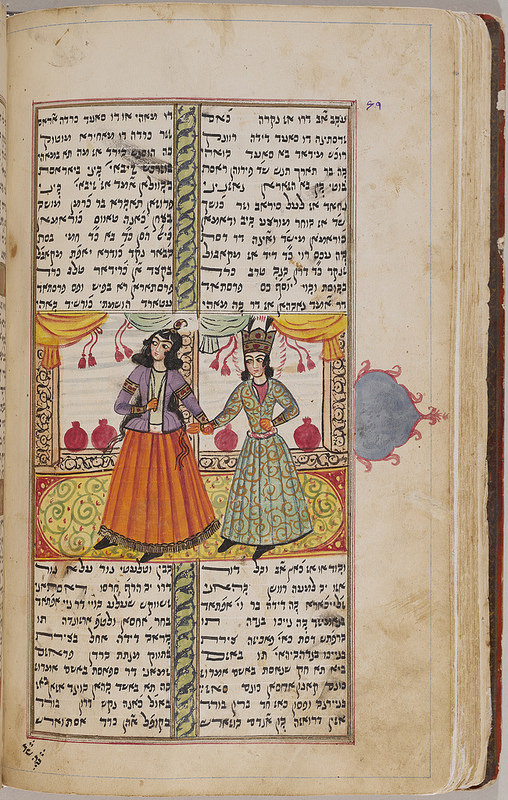
Table of contents:
Patricia Crone: “Pre-existence in Iran: “Zoroastrians, ex-Christians Mu‘tazilites, and Jews on the human acquisition of bodies”
Oktor Skjærvø & Yaakov Elman: “Concepts of pollution in late Sasanian Iran. Does pollution need stairs, and dose it fill space?”
Maria Macuch: “The case against Mār Abā, the Catholicos, in the light of Sasanian law”
Sara Kuehn: “The dragon fighter: The influence of Zoroastrian ideas on Judaeo-Christian and Islamic iconography”
Geoffrey Herman: “Like a slave before his master: A Persian gesture of deference in Sasanian, Jewish, and Christian sources”
Michał Gawlikowski: “Zoroastrian echoes in the Mithraeum at Hawarte, Syria”
Vicente Dobroruka: “Zoroastrian apocalyptic and Hellenistic political propaganda”
Dan D.Y. Shapira: “Pahlavi Fire, Bundahishn 18”
Matteo Compareti: “The representation of Zoroastrian divinities in late Sasanian art and their description according to Avestan literature”
Bahman Moradian: “The day of Mihr, the month of Mihr and the ceremony of Mihrized in Yazd”
Ezio Albrile: “Hypnotica Iranica: Zoroastrian ecstasy in the West”
Andrew D. Magnusson: “On the origins of the prophet Muhammad’s charter to the family of Salman Al-Farisi”
Predrag Bukovec: “The soul’s judgement in Mandaeism: Iranian influences on Mandaean afterlife”
Daphna Arbel: “On human’s elevation, hubris, and fall from glory. Traditions of Yima/Jamshid and Enochmetatron – an indirect cultural dialogue?”
Vicente Dobroruka: “The order of metals in Daniel 2 and in Persian apocalyptic”
Myriam Wissa: “Pre-Islamic topos in Dhu’l-Nūn Al-Misrī’s teaching: A re-assessment of the Egyptian roots of the knowledge of the name of god and their interaction with Zoroastrianism in the Achaemenid period ”
David H. Sick: “The choice of Xerxes: A Zoroastrian interpretation of Herodotus 7.12-18”



 McCollum, Adam. 2015.
McCollum, Adam. 2015. 
 Utas, Bo. 2013.
Utas, Bo. 2013.